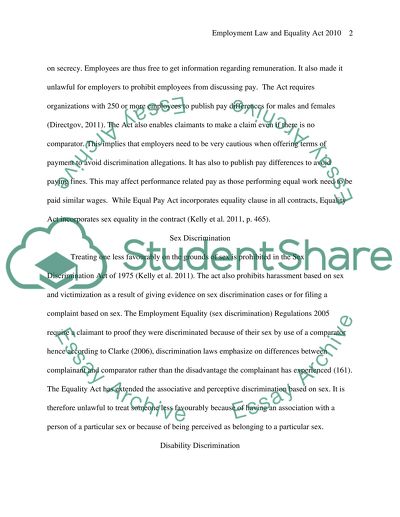Cite this document
(“The Changes in Employment Law Introduced by the Equality Act 2010 Essay”, n.d.)
Retrieved from https://studentshare.org/law/1420765-critically-assess-the-changes-in-employment-law
Retrieved from https://studentshare.org/law/1420765-critically-assess-the-changes-in-employment-law
(The Changes in Employment Law Introduced by the Equality Act 2010 Essay)
https://studentshare.org/law/1420765-critically-assess-the-changes-in-employment-law.
https://studentshare.org/law/1420765-critically-assess-the-changes-in-employment-law.
“The Changes in Employment Law Introduced by the Equality Act 2010 Essay”, n.d. https://studentshare.org/law/1420765-critically-assess-the-changes-in-employment-law.


